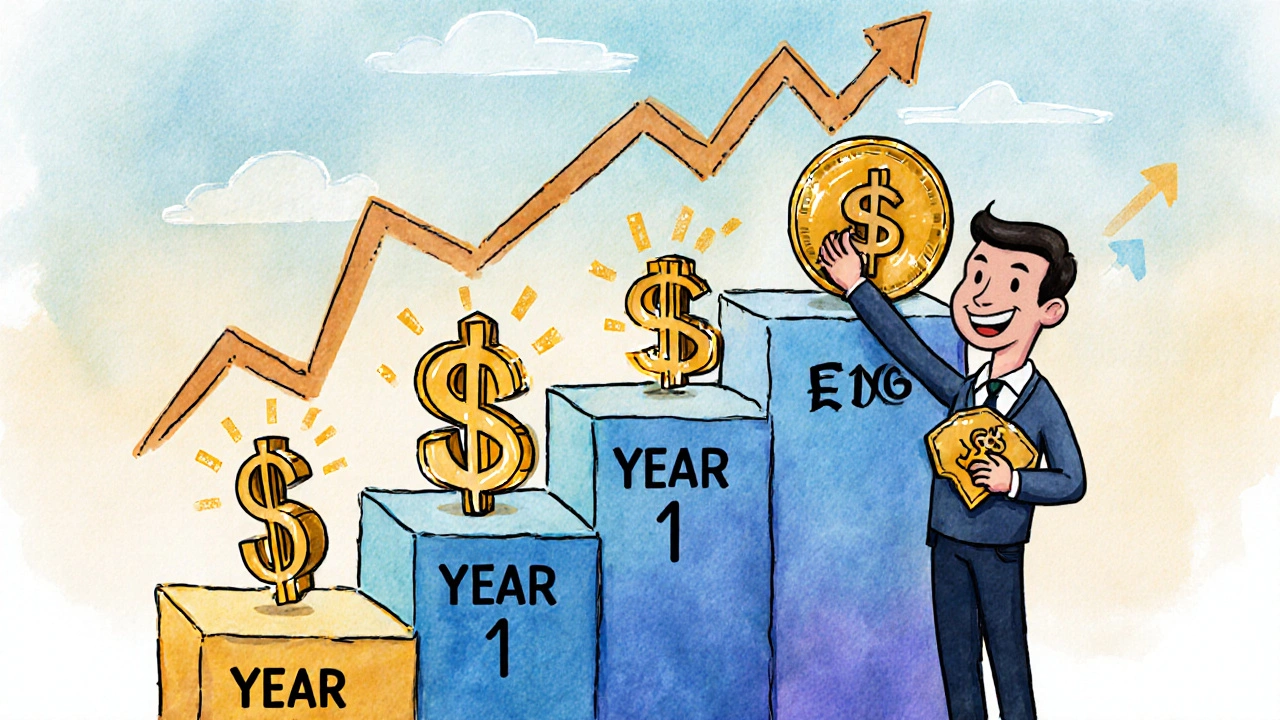Fixed Income: Safe Investments That Work in Any Market
When you think of fixed income, a type of investment that pays regular, predictable returns, usually through interest. Also known as income investing, it’s the quiet backbone of most balanced portfolios—especially for women who want growth without the rollercoaster. Unlike stocks that swing with market mood, fixed income gives you a steady paycheck. Think of it like a salary from your money instead of your job.
Most fixed income comes from bonds, loans you give to governments or companies that pay you back with interest over time. When you buy a U.S. Treasury bond, you’re lending money to the government. When you buy a corporate bond, you’re lending to a company like Apple or Coca-Cola. Both promise to pay you interest—usually every six months—and return your original cash when the bond matures. Then there’s bond funds, mutual funds or ETFs that hold dozens or hundreds of bonds at once. These are easier to buy, more liquid, and often cheaper than buying individual bonds. And yes, they’re what most robo-advisors use to balance out risk in your portfolio.
Interest rates are the invisible hand behind all of this. When rates go up, bond prices usually drop—and vice versa. That’s why people panic when the Fed raises rates, but smart investors know it’s not a disaster. Higher rates mean new bonds pay more, so if you reinvest, you earn more later. It’s not about timing the market. It’s about building a stack of income streams that keep paying whether the economy’s booming or slowing down.
You don’t need to be a finance expert to use fixed income. You just need to know what you’re buying. Are you chasing safety with Treasuries? Want a little more yield with corporate bonds? Looking for tax-free income with municipal bonds? Each has its place. And while some people think fixed income is boring, the truth is—it’s the only part of your portfolio that still works when everything else is falling apart. That’s why even the most aggressive investors keep a chunk of their money here.
What you’ll find below are real, practical guides on how to pick the right fixed income tools for your goals. Whether you’re using a robo-advisor that automatically allocates to bonds, comparing bond ETFs, or wondering if cash is really a better option right now, these posts cut through the noise. No fluff. No jargon. Just clear, actionable advice from women who’ve been there.
Bond Ladders: How to Build Steady Income and Lower Risk in Today's Market
Bond ladders offer steady income and lower risk by spreading investments across bonds with staggered maturities. Learn how to build one in today’s high-rate environment and why it beats bond funds for retirees and conservative investors.
View More